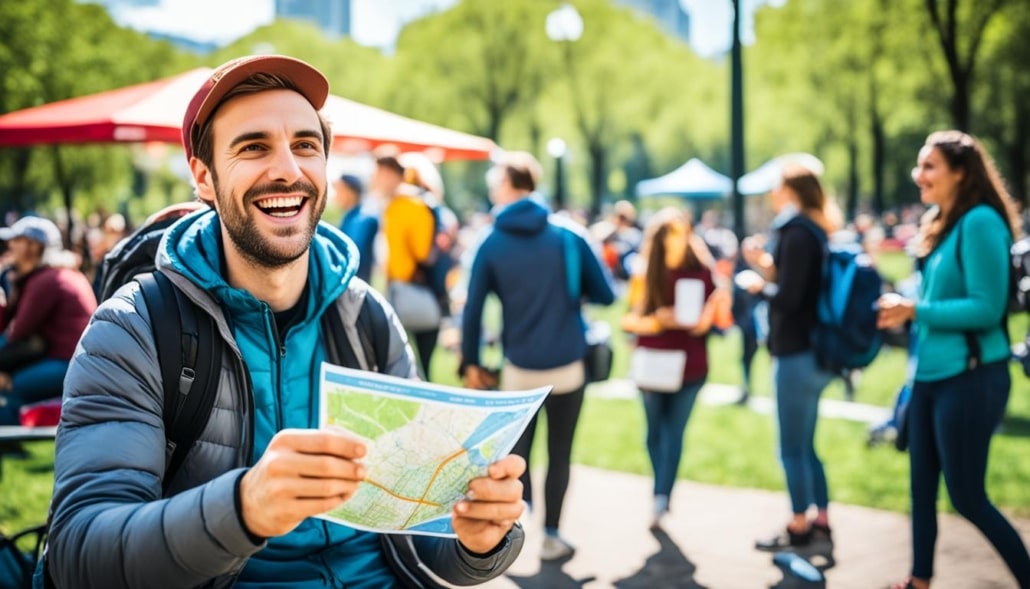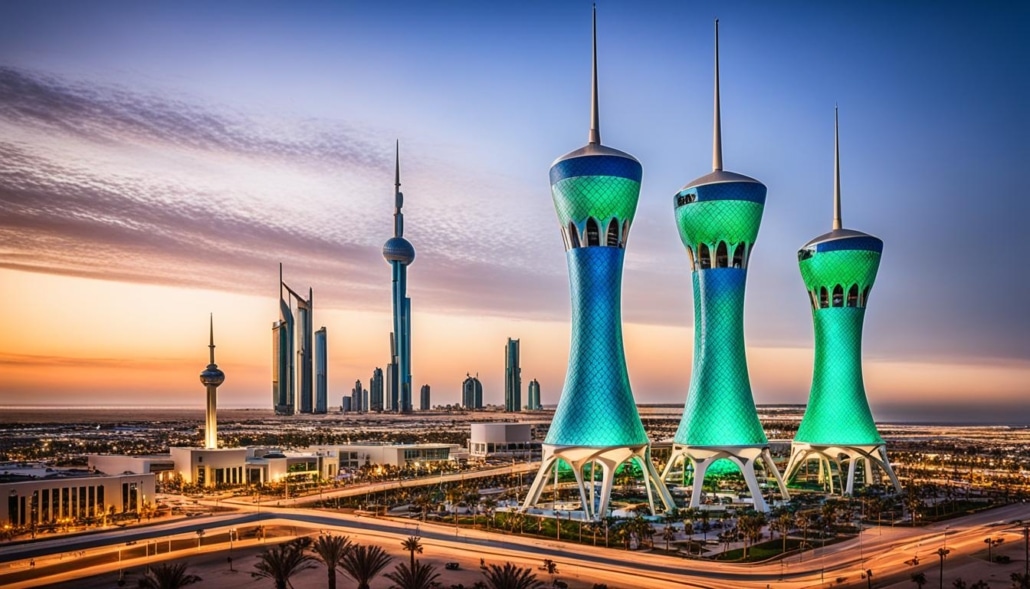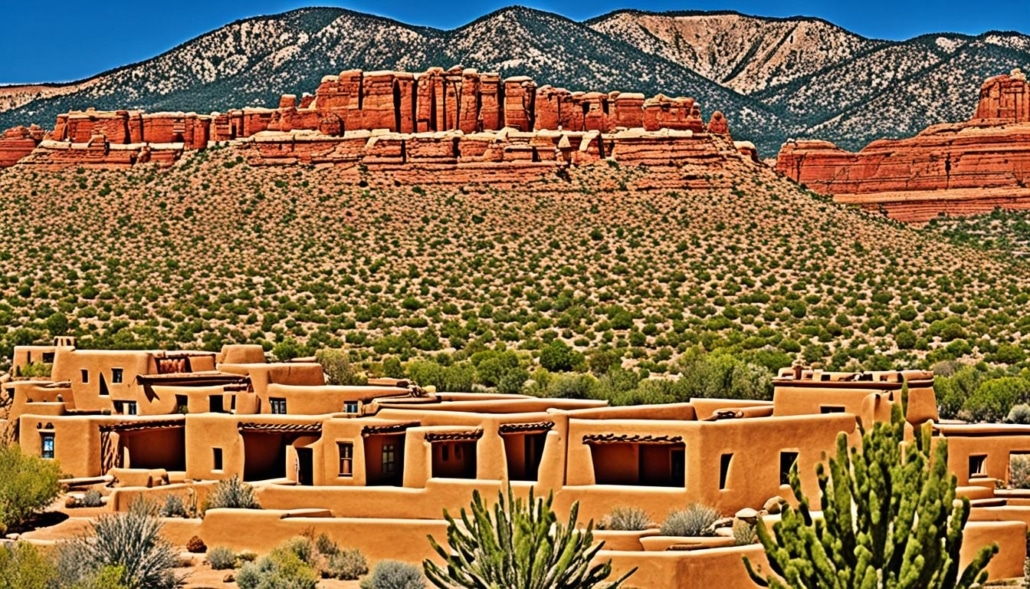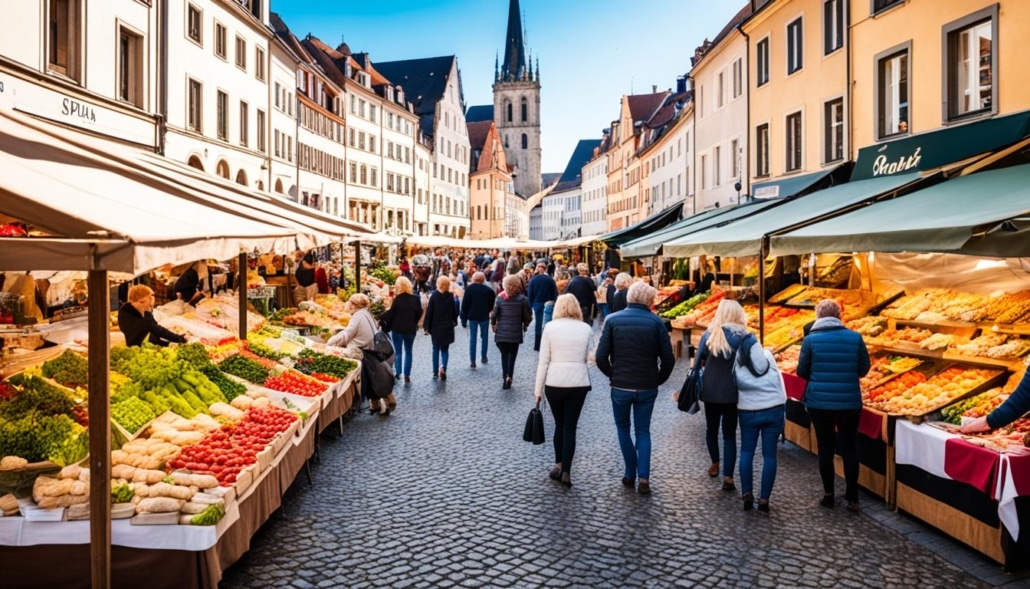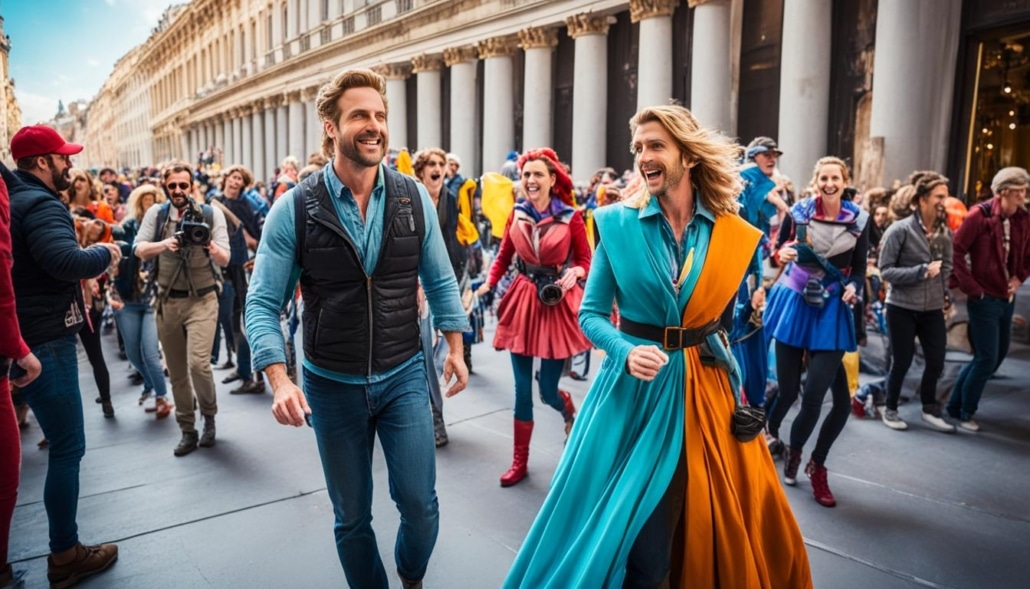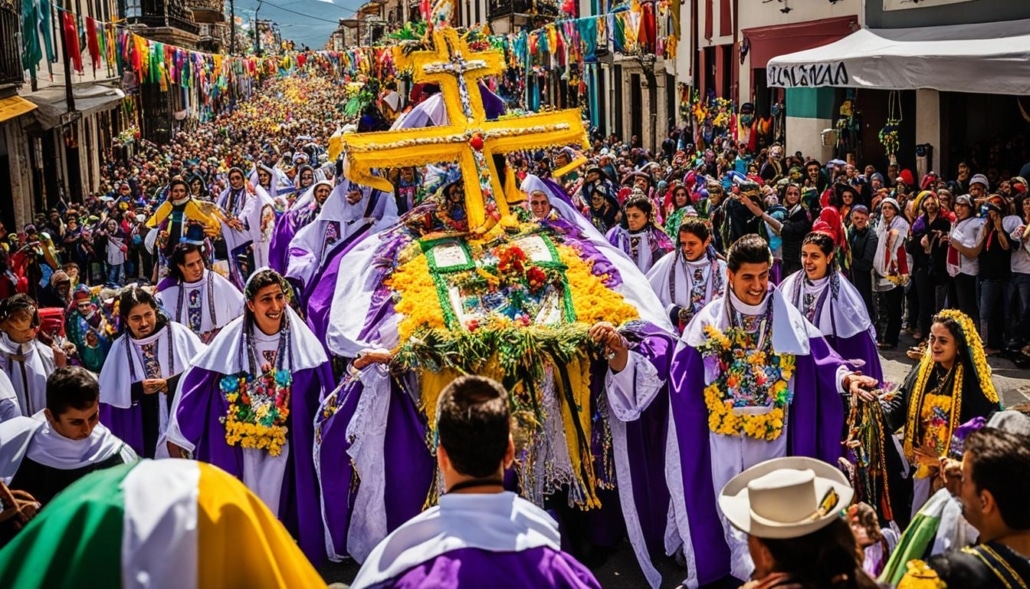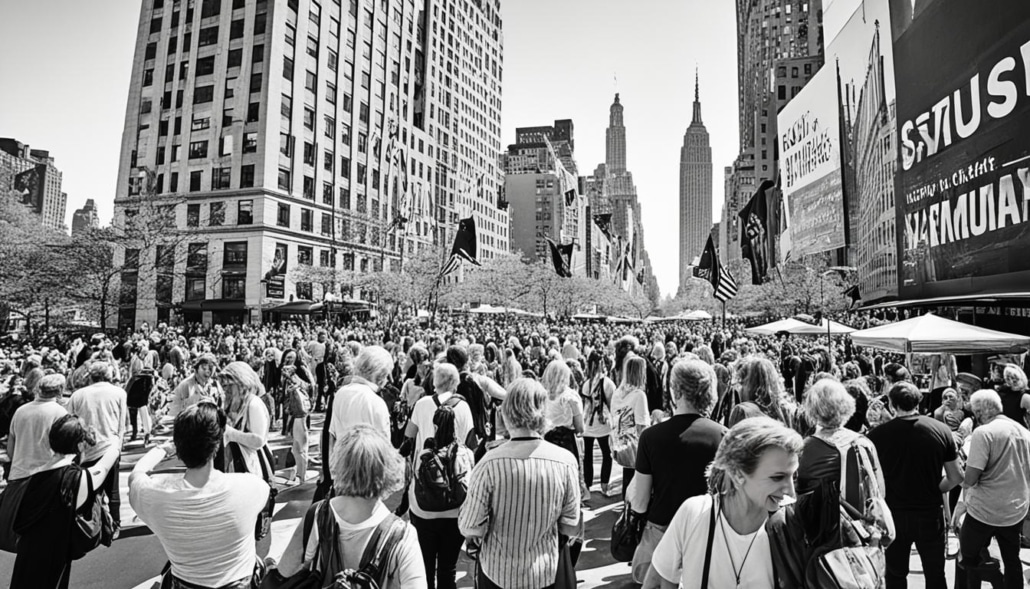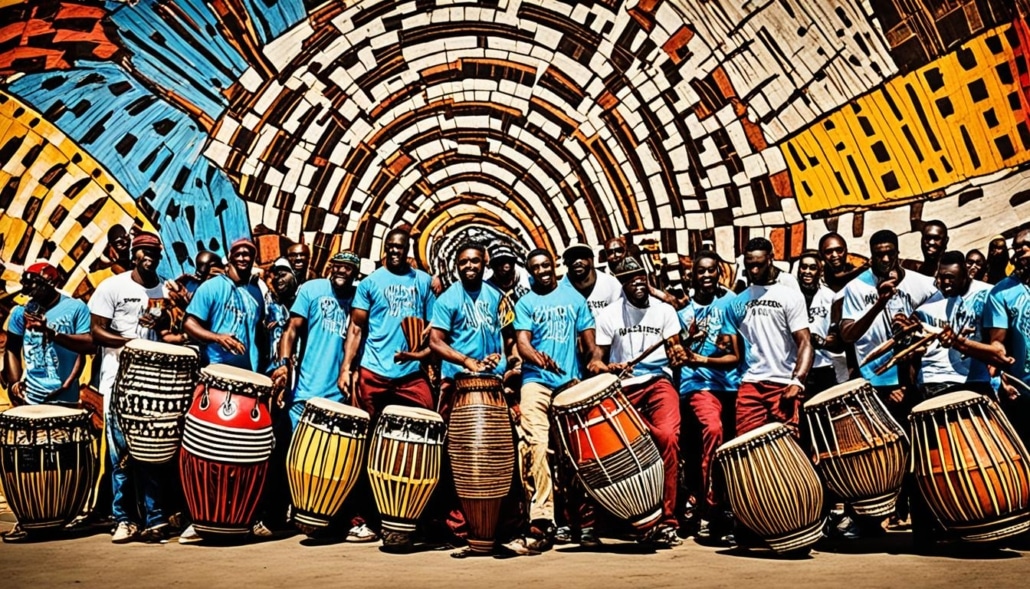Solo travel has become increasingly popular in recent years, with a significant rise in the number of people choosing to travel alone. According to reports by ABTA, the UK has seen a threefold increase in interest and books relating to solo travel since 2011. This trend shows no signs of slowing down, as more individuals embrace the opportunity to explore, volunteer, and establish temporary bases in foreign countries without the need for companionship.
Solo travel requires courage, determination, and a positive mindset, but the rewards are plentiful. By traveling alone, individuals are more externally focused and available for meaningful cultural experiences and interactions with locals. This creates opportunities for deeper cultural immersion and greater self-discovery.
Key Takeaways:
- Solo travel allows for more meaningful cultural experiences and interactions with locals.
- Traveling alone provides the flexibility to fully engage with local customs and traditions.
- Solo travel offers opportunities for self-discovery and personal growth.
- Cultural immersion as a solo traveler requires an open mind and a willingness to step out of your comfort zone.
- Engaging in artistic and cultural activities can deepen your understanding and appreciation of a destination’s culture.
Benefits of Solo Travel for Cultural Immersion
Through personal experiences, it has been observed that solo travelers often have more meaningful and immersive cultural experiences compared to those traveling with companions. Solo travel unlocks a world of opportunities that allow individuals to fully engage with locals, embrace new activities, and explore off-the-beaten-path locations.
The freedom and flexibility that come with traveling alone enable solo travelers to be more approachable, often attracting invitations for interactions that lead to unforgettable experiences. For instance, a solo traveler might have the chance to join a local family for a meal in their home, providing a firsthand glimpse into the local customs and culture. These authentic moments of connection allow solo travelers to broaden their perspective and gain a deeper understanding of the country they are visiting.
Solo travel also provides ample opportunities to learn about different languages and dialects. By interacting with locals, solo travelers have the chance to practice their language skills and connect on a more personal level. This cultural exchange can be transformative and enriching, fostering mutual understanding and appreciation.
Additionally, solo travelers often find it easier to forge friendships with both fellow travelers and locals. These connections create a network of relationships that enhance cultural exploration and understanding. By befriending locals, solo travelers can gain invaluable insights, discover hidden gems, and participate in authentic activities that are often inaccessible to those traveling in groups.
“Traveling solo allows you to step out of your comfort zone and fully immerse yourself in the local culture. It’s a journey of self-discovery and a unique opportunity to forge connections with people from diverse backgrounds.”
Solo travel provides an unparalleled sense of freedom, empowering individuals to create their own itineraries and explore destinations at their own pace. This flexibility allows for spontaneous encounters, unexpected discoveries, and the ability to dive deep into the local culture.
By traveling alone, individuals can fully embrace the benefits of solo travel for cultural immersion, amplifying the impact of their experiences and fostering a genuine appreciation for the rich diversity of our world.
Tips for Immersing Yourself in Local Culture as a Solo Traveler
When embarking on a solo travel adventure, immersing yourself in the local culture can enhance your experience and create lasting memories. Here are some invaluable tips to make the most of your cultural immersion:
1. Research and Learn: Start by researching the customs and traditions of your destination country. Understanding how locals greet each other, their customs around food, clothing, and social etiquette will help you blend in and show respect.
2. Language Connection: Learning a few words or phrases in the local language can go a long way in establishing connections and showing your interest in the culture. Locals will appreciate your effort, and it can lead to meaningful interactions and insights into their way of life.
3. Venture Beyond Tourist Attractions: To immerse yourself in the local culture, go beyond the typical tourist spots. Seek out local recommendations for places to visit and eat, allowing you to experience the authentic flavors and atmosphere of the destination.
4. Try Local Foods and Drinks: Food is an essential part of any culture. Be adventurous and sample the local cuisine. Whether it’s street food or a traditional dish at a local restaurant, indulging in the authentic flavors will enhance your cultural immersion.
5. Explore the Landscape: Get out and explore the natural beauty of the destination. Take hikes, visit parks, or even join a guided tour to fully appreciate the local environment. Engaging with nature will provide a deeper understanding of the local culture’s connection to their surroundings.
6. Embrace Public Transport: Use public transportation to get around like a local. Whether it’s a bus, train, or tuk-tuk, embracing public transport will give you a glimpse into the daily life of the residents and allow for serendipitous encounters with locals.
7. Engage in Artistic and Cultural Activities: Attend local festivals, art exhibitions, or theater performances to immerse yourself in the artistic and cultural scene of the destination. Participating in these activities will expose you to the local traditions, music, and performing arts.
8. Consider Working or Volunteering Abroad: For a more profound and long-lasting cultural experience, consider working or volunteering abroad. This allows you to fully immerse yourself in the local community, contribute to meaningful projects, and form deeper connections with locals.
By following these tips, you’ll be able to navigate the local culture confidently, creating enriching and authentic experiences during your solo travel adventure.
What Not to Do When Exploring a Different Culture
When immersing yourself in a different culture as a solo traveler, it is essential to approach the experience with cultural respect and sensitivity. Avoiding cultural stereotypes is crucial to foster meaningful connections and avoid misunderstandings that can be offensive. Instead, take the time to get to know the locals personally and understand their individual perspectives. Engaging in genuine interactions with locals, using local public transport, and reducing excessive phone usage will enhance your cultural immersion and create a more authentic experience.
“To truly experience and understand a different culture, it is important to leave behind any preconceived notions and approach the locals and their customs with an open mind and heart.”
One common mistake to avoid is having a “bucket-list” mentality where you merely tick off destinations without truly experiencing the culture. Instead, spend more time in each location, engage with locals, and embrace new ideas and concepts. By being mindful of these aspects, you can effectively navigate cultural nuances and create unforgettable experiences.
Tips for Avoiding Cultural Stereotypes
| Tips | Explanation |
|---|---|
| Avoid Generalizations | Acknowledge that every individual is unique, and cultures are diverse. Refrain from assuming stereotypes about a culture based on limited information or prior experiences. |
| Practice Active Listening | When interacting with locals, truly listen to their stories, perspectives, and experiences. This will help you gain a deeper understanding of their culture and avoid making assumptions. |
| Show Cultural Respect | Respect local customs, traditions, and practices. Be open to learning, adapting, and participating in cultural activities, ensuring you approach them with humility and appreciation. |
| Be Mindful of Non-Verbal Communication | Recognize that gestures, bodily movements, and facial expressions may vary across cultures. Be mindful of your own non-verbal cues and learn to interpret and respond to those of the locals. |
| Ask Questions with Sensitivity | If you have questions about certain cultural practices, ask locals with genuine curiosity and sensitivity. Avoid offensive or judgmental remarks. |
By following these tips, you can navigate different cultures with respect and sensitivity, creating meaningful connections and fostering a deep appreciation for diversity.
Befriending Locals and Embracing Local Customs
One of the most effective ways to fully immerse yourself in the local culture as a solo traveler is to establish friendships with locals. These meaningful connections can provide invaluable insights into the customs, traditions, and way of life of the destination country.
To meet locals, step away from tourist areas and seek out non-touristy establishments where locals gather. This could be a local café, community center, or neighborhood market. Engaging in conversations and showing genuine interest in their culture can lead to lasting friendships.
Volunteering is another great way to connect with locals. Look for volunteer opportunities in community-based organizations, environmental projects, or education initiatives. Not only will you make friends, but you’ll also contribute to the local community and have a positive impact.
Offering your services to the community can also be a pathway to forming friendships. For example, if you have a skill or talent, such as playing an instrument or teaching a specific art form, you could offer free lessons to locals. This not only allows you to share your knowledge but also opens doors to meaningful connections.
When befriending locals, it’s essential to take the time to learn about and respect their customs and etiquette. This demonstrates your genuine interest in their culture and shows that you value their way of life. Understanding their customs will also help you avoid unintentional disrespect.
Trying new foods recommended by locals is a fantastic way to bond over shared experiences. Ask locals for their favorite food spots or traditional dishes and join them for a meal. Food has a way of bringing people together and facilitating cultural exchange.
Staying in family-run accommodations can also provide opportunities to connect with locals. These establishments often offer a more personal and authentic experience, allowing you to interact with the owners and learn about their daily lives.
Enrolling in classes related to local art, history, or language is another avenue to embrace the local culture and make friends. Not only will you gain insights into the traditions and artistic practices of the destination, but you’ll also have the opportunity to interact with fellow students and locals who share similar interests.
By befriending locals and fully embracing local customs, you’ll not only deepen your cultural immersion but also create lifelong friendships that enrich your travel experiences and broaden your global perspective.
Conclusion
Solo travel provides a remarkable opportunity for cultural immersion and personal growth. When exploring new destinations alone, solo travelers have the freedom to fully engage with locals, try new activities, and embrace the local culture. Through personal experiences and interactions, solo travelers can develop meaningful friendships, gain insights into customs and traditions, and expand their understanding of the world.
To make the most of solo travel, it is crucial to approach it with an open mind and a respect for local customs. Stepping out of your comfort zone and being willing to try new things will lead to unforgettable experiences. By immersing yourself in the local culture, you can create lasting memories and return home with a deeper appreciation for different cultures.
In conclusion, solo travel offers a unique avenue for cultural immersion and self-discovery. By embarking on solo adventures, you can journey into the heart of your destination, connect with locals, and gain a profound understanding of their way of life. So pack your bags, embrace the unknown, and set off on a solo travel adventure that will broaden your horizons and leave you with lasting memories.
FAQ
Is solo travel becoming more popular?
Yes, solo travel has become increasingly popular in recent years, with a significant rise in the number of people choosing to travel alone.
What are the benefits of solo travel for cultural immersion?
Solo travelers often have more meaningful and immersive cultural experiences compared to those traveling with companions. They have the time and flexibility to fully engage with locals, try new activities, and explore off-the-beaten-path locations.
How can I immerse myself in the local culture as a solo traveler?
To immerse yourself in the local culture, it is essential to research and learn about the customs and traditions of the destination country, venture beyond tourist attractions, try local foods, explore the landscape, take public transport, and engage in artistic and cultural activities.
What should I avoid when exploring a different culture?
It is important to avoid relying on stereotypes and preconceived notions, isolate yourself or solely rely on your phone for navigation and information, and have a “bucket-list” mentality where you tick off destinations without truly experiencing the culture.
How can I befriend locals and embrace local customs?
Seek out opportunities to meet locals through non-touristy establishments, volunteering, or offering your services to the community. Learn about and respect local customs and etiquette, try new foods recommended by locals, stay in family-run accommodations, and enroll in classes related to local art, history, or language.
What are the takeaways of solo travel for cultural immersion?
Solo travel offers incredible opportunities for cultural immersion and self-discovery. By exploring new destinations alone, solo travelers have the freedom to fully engage with locals, try new activities, and embrace the local culture.


